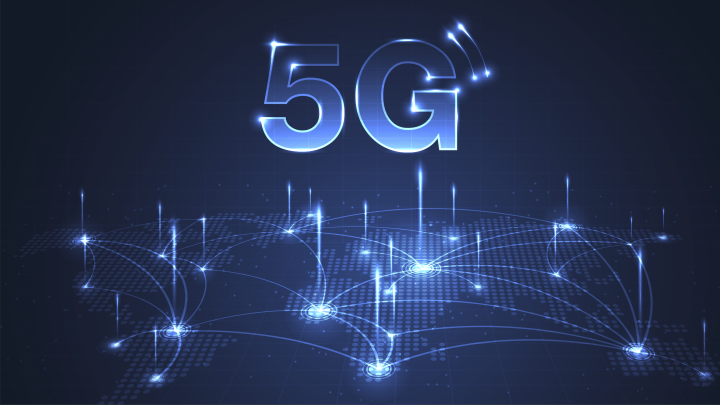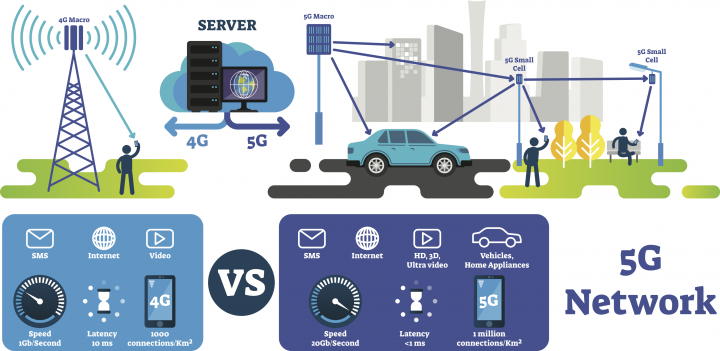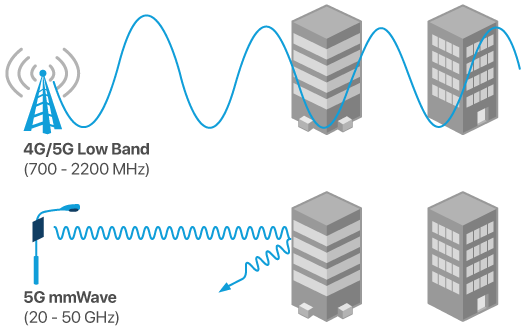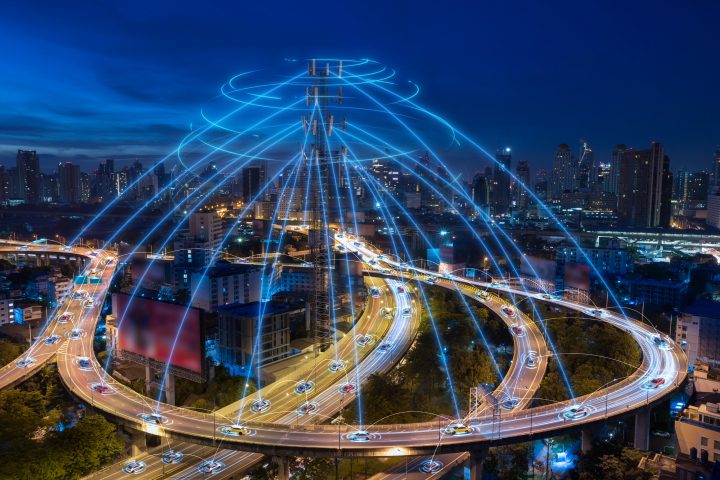5G Is Set To Drive The World Into a More Efficient Future
September 11, 2019
Asyran Amin Abdul
There has been loud whispers and chit-chatter about 5G, and how it is set to take us all into a brand new future. But the prevalent questions remains: Are all the things being said about 5G true and is it all that it’s cracked up to be? Let’s dive more into it, shall we:
Firstly, what is 5G?
For most intents and purposes, it is the speed of delivering information and a much faster one, than our current 4G –– 100x faster, to be exact. What it means for the masses is that buffering videos will be a thing of the past, and gone are the days where the silver line gains victory from red line on YouTube. Isn’t that the future we all dream of?
If your interest lies towards the technical aspects of 5G, know that it can be divided into two parts – low and high frequency 5G. The first, works similarly to the current 4G but with minor tweaks added, and uses the same radio bands as the current technology. However, through using a wider channel bands, it changes the signal encoding, therefore allowing speeds of up to 50% better than the best 4G LTE network offers today.
The latter, high-frequency 5G, is really the pot of gold. It works by utilising a higher frequency than its predecessor and thus creating much wider and faster channels. Known as millimetre wave frequency, these channels do have a flaw – when compared to lower-frequencies, they don’t travel as far. To overcome the issue, 5G will require smaller cell sites that are placed closer together, for example, every 300 metres. Unlike 4G, towers are placed every 10 kilometres.
Due to its millimetre wave, 5G doesn’t penetrate solid objects as efficiently, so in order to reap the most out of 5G, it’s imperative to have a clear line of sight of the transmitter. Sadly, in order to implement 5G in a city, it would mean cutting down more trees to make room. However, this is unlikely to be the be-all and end all for 5G because its currently still in its infancy stage. There is still a long road ahead for 5G before it will arrive to consumers, between now and then there will be improvements or breakthroughs, which means we can take advantage of this new tech without a huge drawback to the environment.
Due to its high bandwidth, 5G results in almost no latency. This means the online interactions will no longer be awkward and pauses that often comes with a conversation over a call will be entirely eliminated. In layman’s term, phone or video calls will no longer include instances like accidentally talking over one another, and online interaction will be just like talking to someone in person. Although the age of 5G hopes to take it a step further by making communications through photo-realistic 3D or holograms a possibility.
So, with all this talk about blazing fast internet connection speed, what does it mean for spatial computing, especially Augmented Reality (AR) and Virtual Reality (VR)? Well for one, imagine immense calculations for complex algorithms being done in the cloud in a split second. What about the possibility of streaming immersive 4K content to your AR or VR device without any lag? Or never having to worry about downloading a “heavy” application because it might take up space in your phone that you don’t have.
The biggest and most major breakthrough that we will see in the age of 5G internet lies in autonomous vehicles. In its current phase, most of an autonomous vehicle’s behaviour is dependent on internal sensors, which makes it a one-way communication because the car is making decisions based on what its able to detect in the real world. But with 5G and the interconnectedness on IoT, the world will have the ability to communicate with the car. Through design and ever-advancing technology of 5G, the cars can get information on what kind of traffic lies ahead of its journey, is it congested and how are other cars driving on the road? Based on information it’s able to retrieve, the car will then decide on what to do. By communicating with other vehicles on the road as well as the environment, the car will make smarter decisions and plan ahead, which will then allow for self-driving cars to move faster and safer.
With 5G we can not only say goodbye to time-wasting traffic jams but we can also greet a more efficient and convenient way of life.









